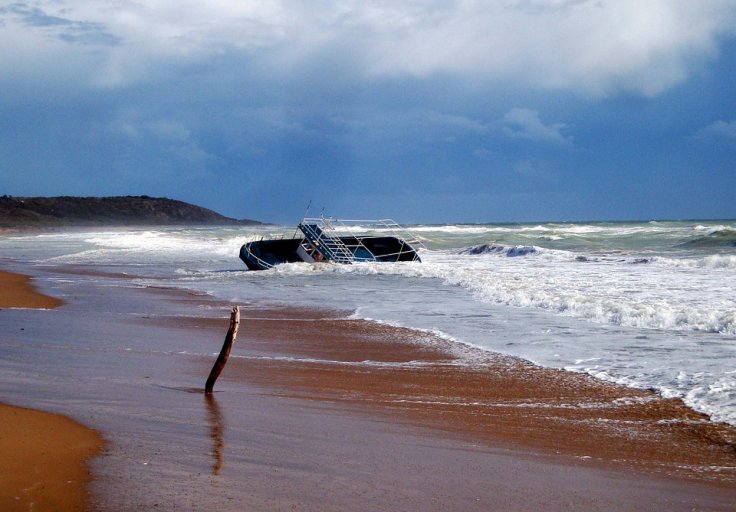
A study conducted by researchers at Rutgers University has suggested that the Earth's sea level witnessed a drastic rise in ancient days due to the planet's shifting orbit. However, the study revealed that climate change that causes sea level rise in modern times is the result of human interference in nature, which is primarily driven by global warming and the release of greenhouse gases.
Humans Responsible for Drastic Sea Level Rise
Previous estimates had suggested that human activities are responsible for about 70 per cent of the observed sea-level rise since 1970. However, the new study report reveals that this percentage is approaching 100 per cent in recent years.
Scientists came to this conclusion after reconstructing the history of sea levels and glaciation since the age dinosaurs were wiped out from the surface of the earth.
"Our team showed that the Earth's history of glaciation was more complex than previously thought. Although carbon dioxide levels had an important influence on ice-free periods, minor variations in the Earth's orbit were a dominant factor in terms of ice volume and sea-level changes - until modern times," said Kenneth G Miller, the lead author of the study in a recent statement.
The study also warned that the Earth's sea level could rise by 66 meters if the planet becomes an ice-free world.
How Sea Levels Rose on Earth In Ancient Days
Miller added that the Earth's orbit shift in ancient days had also caused minor changes in the sea level, and during these times the atmospheric carbon dioxide level was healthy.
"We demonstrate that although atmospheric carbon dioxide had an important influence on ice-free periods on Earth, ice volume and sea-level changes prior to human influences were linked primarily to minor variations in the Earth's orbit and distance from the Sun," added Miller.
400 Million People to Face Flooding
Another study conducted by 96 polar scientists from 50 international organizations had recently revealed that Greenland ice sheets are melting seven times faster than it did in the 1990s. Researchers also warned that the melting of ice sheets at this rate could see 400 million people face the wrath of coastal flooding by 2100.









